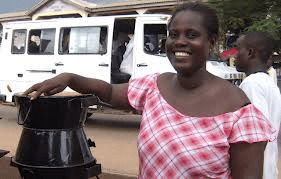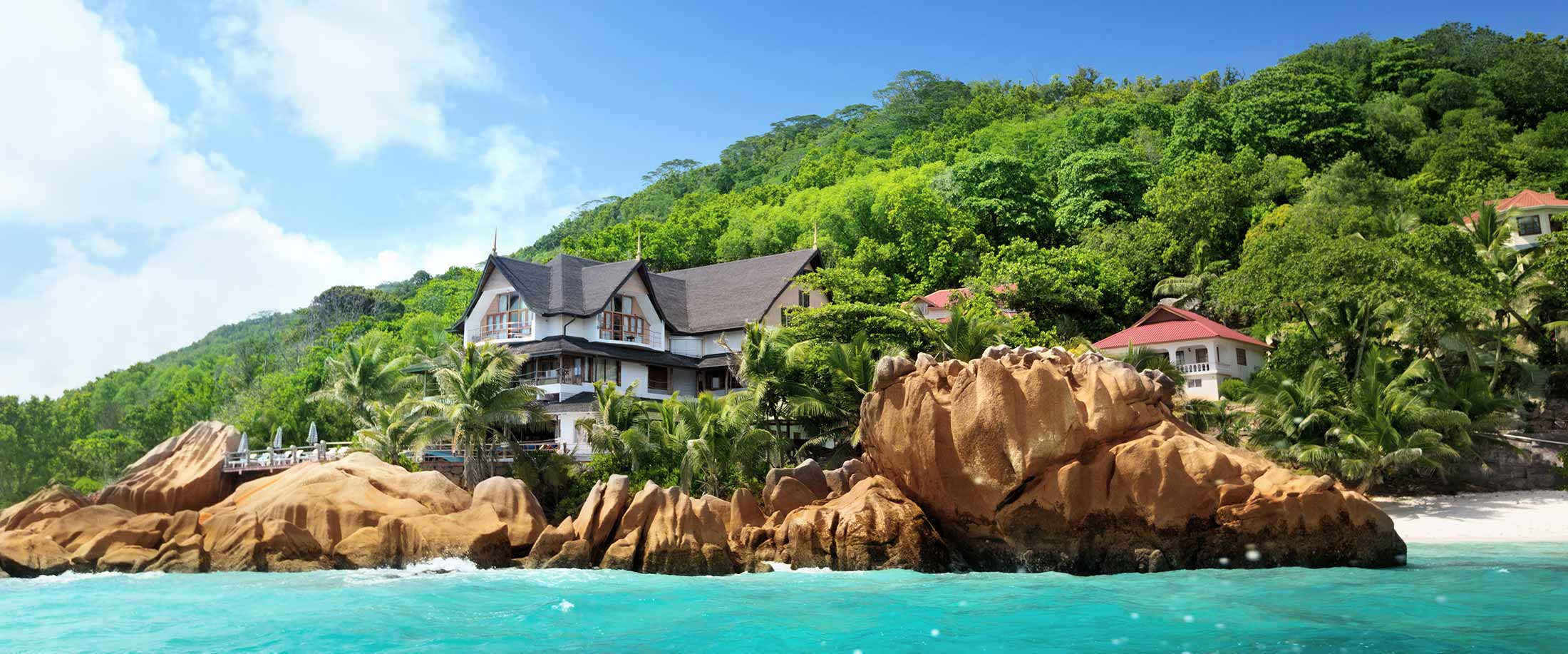
Building a roadmap for low-impact, high-value tourism that preserves the beauty and ecosystems of Seychelles while developing sustainable infrastructure and boosting the economy. The 115 islands of Seychelles form an archipelago in the Indian Ocean. Boasting world renowned natural heritage, pristine beaches, and clear tropical water, the small island nation...
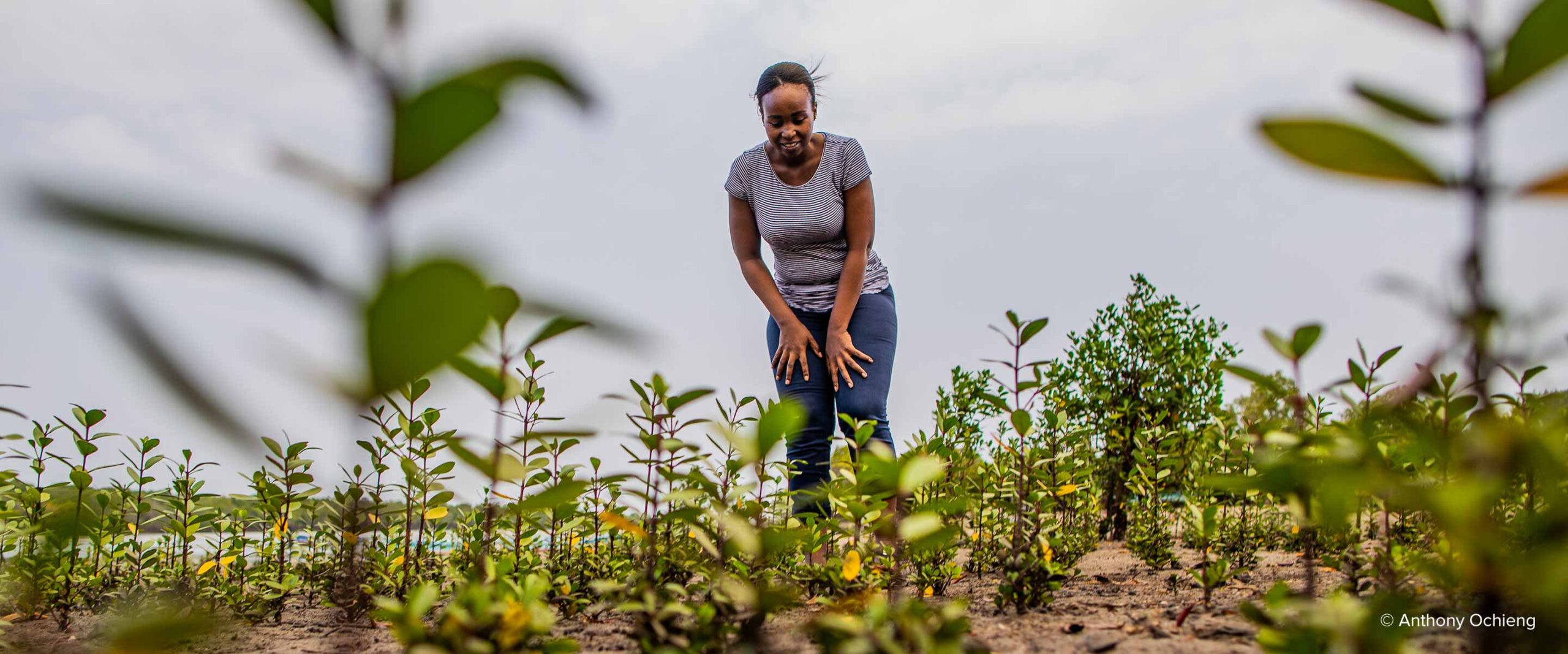
Mikoko Pamoja is a community-based project that is protecting and restoring mangrove forests along Kenya’s southern coast. By conserving these valuable blue carbon ecosystems and creating livelihood opportunities, the project is fostering marine health and improving the resilience of coastal communities. Funds from carbon offsets support community initiatives that supply...
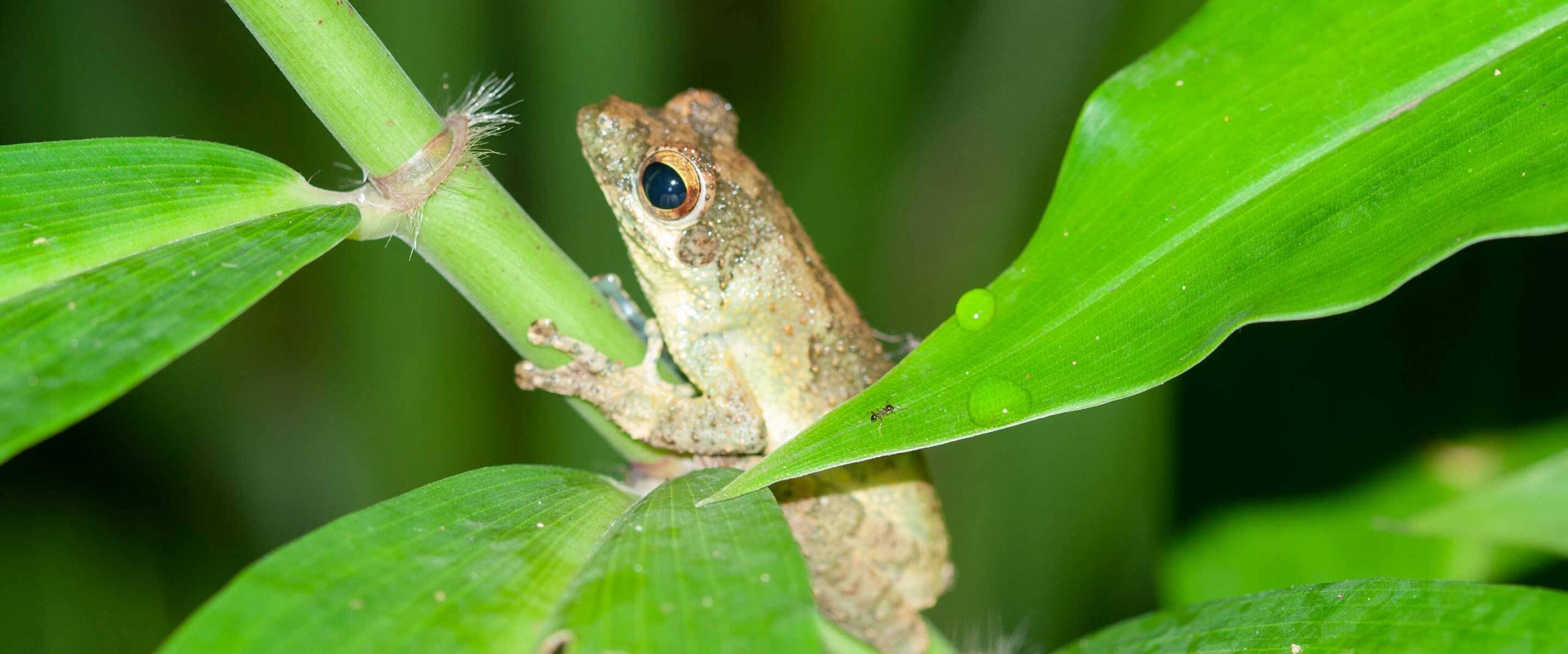
This project protects a large swath of rainforest in the Congo Basin by encouraging sustainable agricultural practices and reducing deforestation. By advancing education, healthcare, and economic opportunities, the project also improves the quality of life of local communities. Where & Why The Isangi Territory lies at the heart of the...
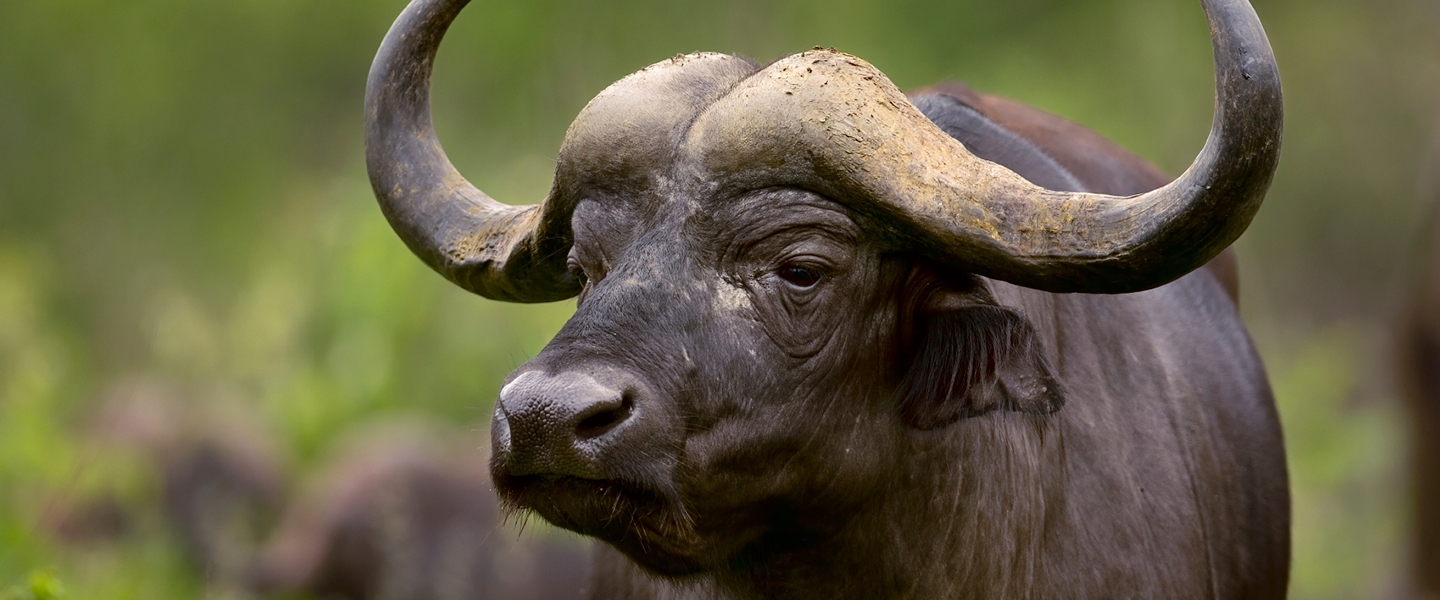
Assessing sustainable tourism issues and needs to protect one of Africa’s World Heritage Sites The Ngorongoro Conservation Area is one of Tanzania’s most visited destinations, covering 8,292 square kilometers of savanna, highland plains, savanna woodlands and forests. The area is internationally renowned for the Ngorongoro Crater, the world’s largest intact...
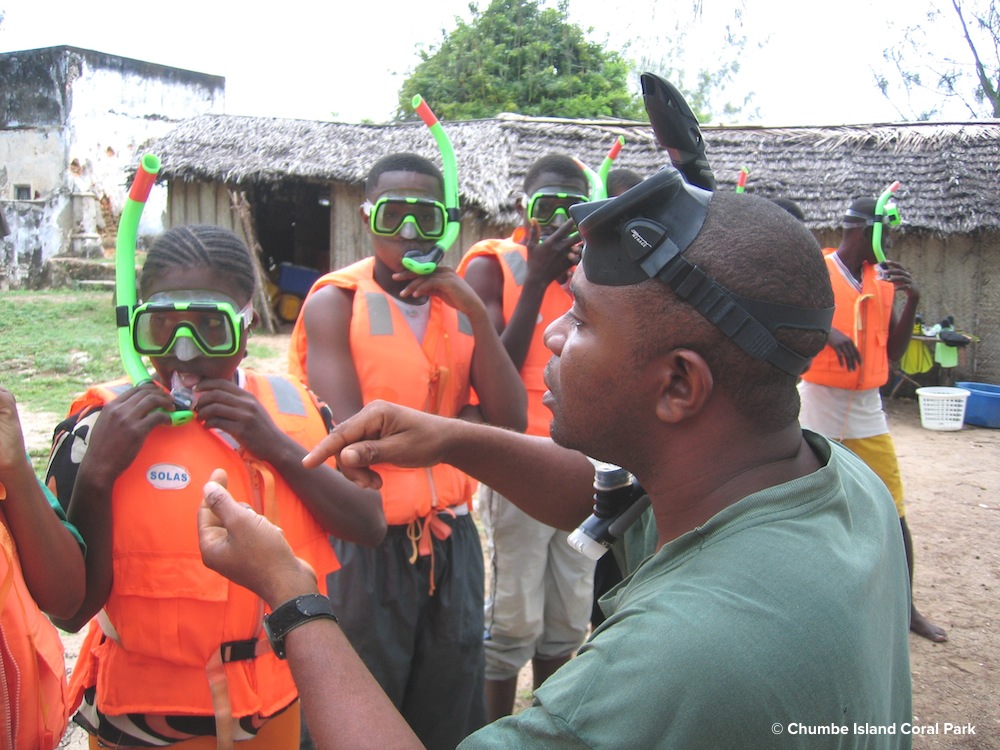
In the Indian Ocean, about 20 miles off the coast off of mainland Zanzibar, sits Chumbe Island, a private nature reserve that was developed in 1991 for the conservation and sustainable management of the uninhabited slice of coral reef. Today, Chumbe features a fully protected marine sanctuary, a forest reserve...
